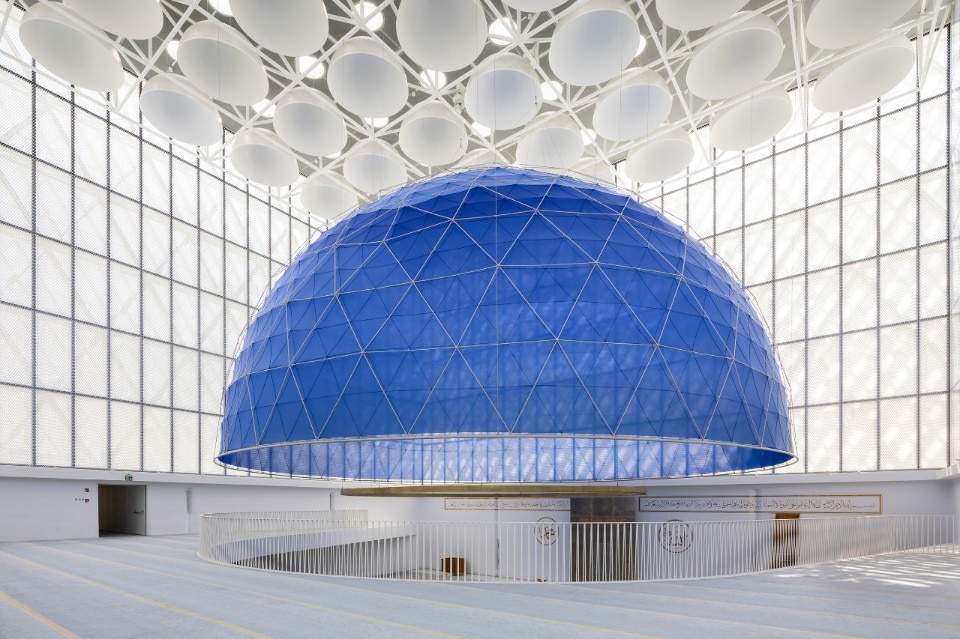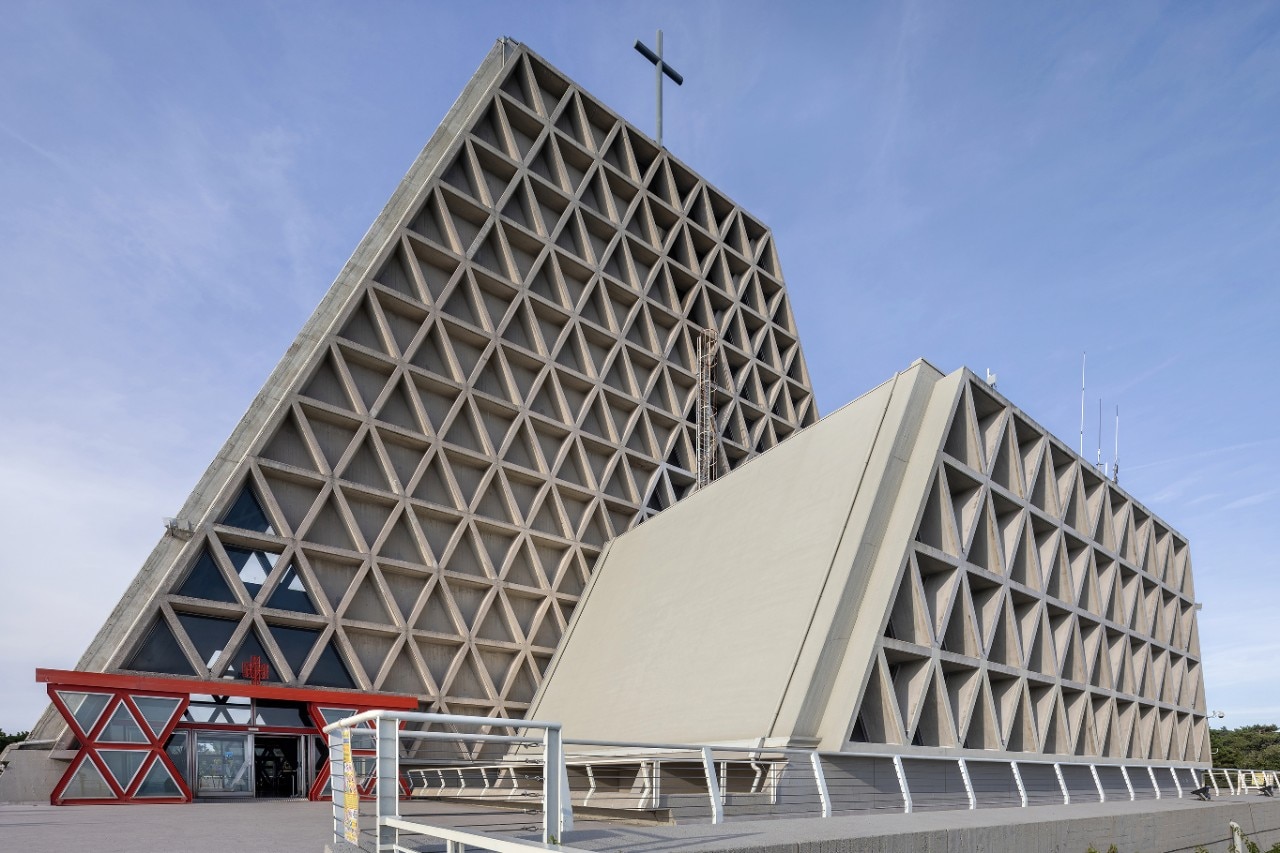For decades, the history of the Italy-Slovenia border has been told through the lens of rigid national divisions, condensing stereotypes and fostering separation, thereby obscuring the region’s rich cultural and social complexity. Today, with the Italian-Slovenian border no longer a point of contention, there is space for a deeper understanding of this layered territory—one that has long embodied multiple forms of coexistence.
This is precisely the goal of “Le Affinità di Confine. Architectures between Friuli Venezia Giulia and Slovenia”, an exhibition curated by Luka Skansi and Paolo Nicoloso, featuring photographs by Roberto Conte and Miran Kambič. It is a visual and critical investigation into the concept of borders, using architecture as a lens to explore tangible expressions of stratified and shared identities.
The project, promoted by ERPAC Friuli Venezia Giulia and initiated by Guido Comis, is part of the “GO!2025&Friends” program, connected to the events celebrating Nova Gorica and Gorizia as the European Capital of Culture. Rather than presenting a comprehensive timeline of cross-border architecture, the exhibition offers an image-based comparative analysis: more than fifty architectural diptychs juxtapose Italian and Slovenian buildings grouped by function, era, or language highlighting affinities, contrasts, and reciprocal influences.

Organized into three chronological chapters—from the twilight of the Austro-Hungarian Empire, through the interwar years, to the postwar period and the emergence of an independent Slovenia—the exhibition reflects the depth of architectural dialogue between two geographically close yet historically divided realities. Architecture, with its power to imprint itself on both landscape and collective memory, serves here as an ideal medium through which to grasp both local specificities and transnational currents, challenging linear historical narratives. “It is alive,” explain the curators, “a physical presence that, through its form, dimensions, spatiality, and urban or environmental relationships, participates in the present.”
At the heart of the exhibition is the diptych as a curatorial device—more than a visual pairing, it is a tool for critical comparison. Hospitals, schools, civic buildings, and residential structures are placed side by side in a dialectic of architectural languages, reflecting differing ideologies, political systems, and cultural models. The image thus becomes an instrument of analytical interpretation, offering a multifaceted portrait of a region whose defining characteristic is its cultural plurality.

















